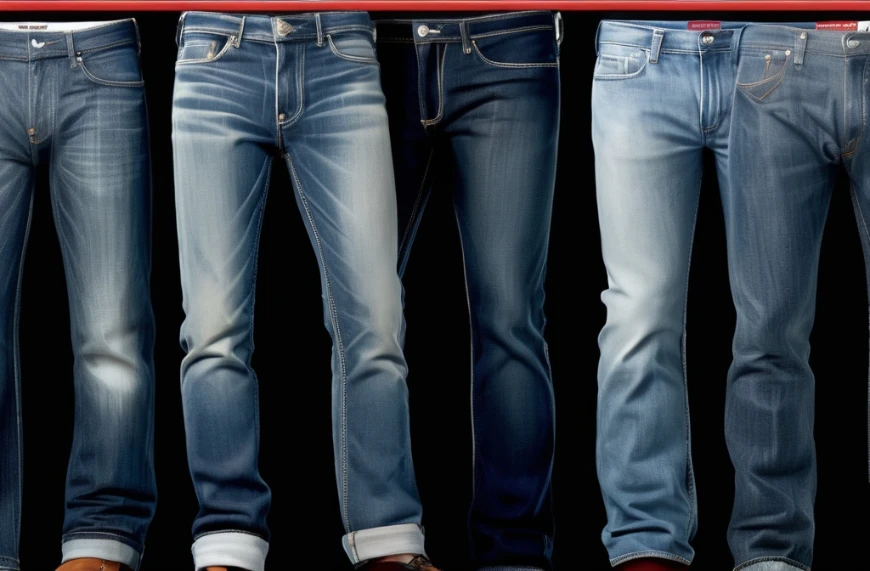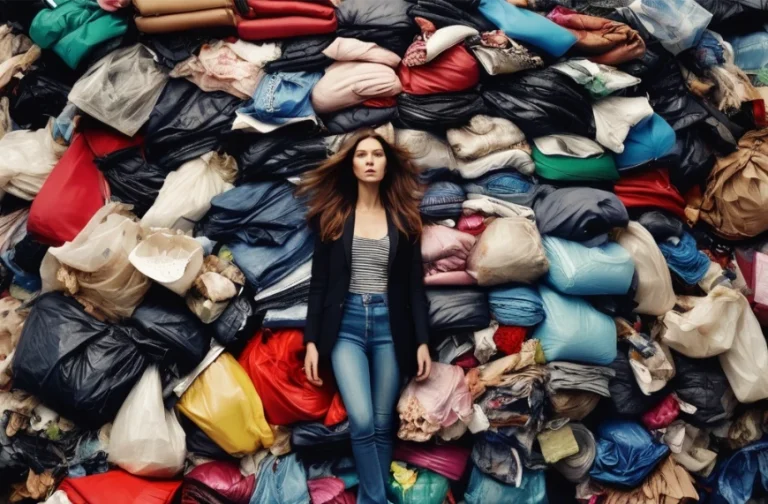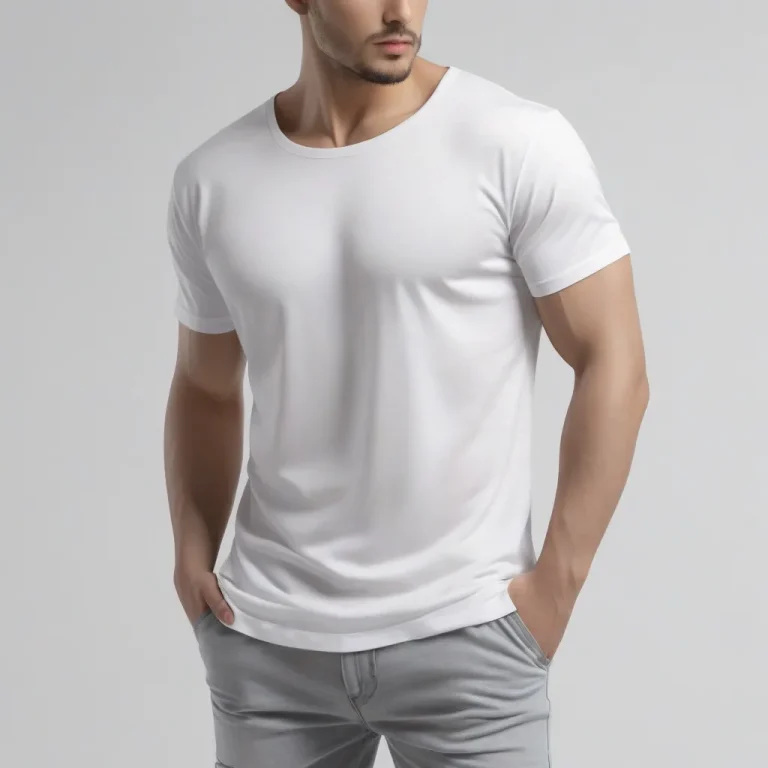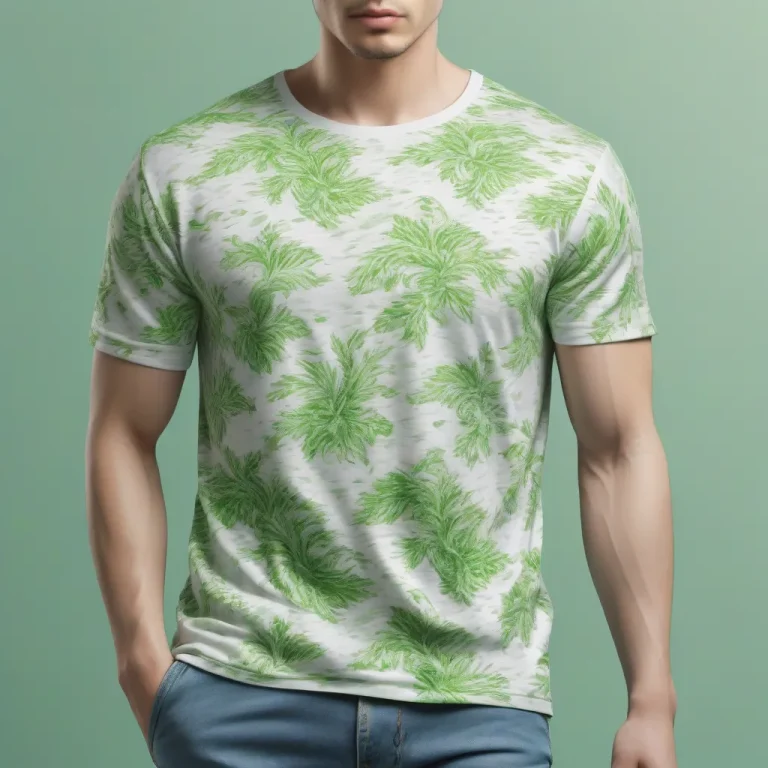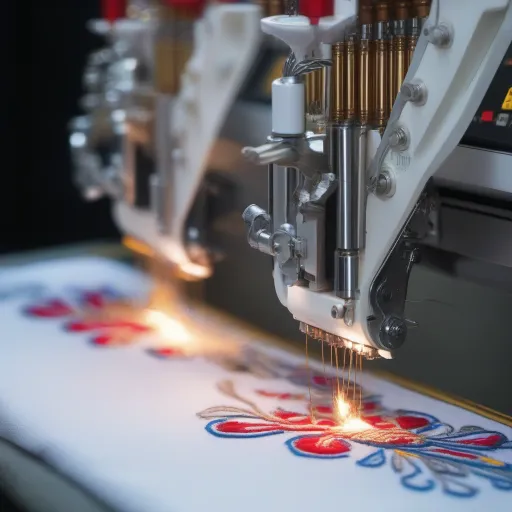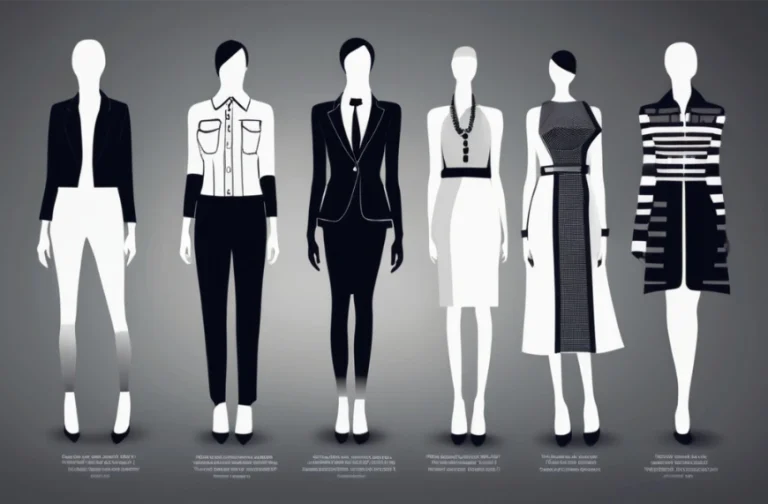How Many Times is the Average Piece of Clothing Worn?
The pattern of fashion consumption has evolved recently. Over consumption increased because of fast fashion. The sustainability debate is pushing the boundary of consumption of fast fashion items.
You might have a question regarding how many times is the average piece of clothing on?
We will deeply drive into the trend of fashion consumption to understand exactly how many pieces of clothing are consumed by the average fast fashion consumer.
We will discuss the clothing differently based on the value and analyze it.
The uses have changed differently from the past generations. We will also examine different trends, environmental impacts, different perspectives and future growth opportunities for sustainable practices.
So Exactly How Many Times is the Average Piece of Clothing Worn?
An action program in the uk revealed that an average clothing item is only used 7 times before it’s discarded or donated for recycling purposes.
This is concerning statistics because it suggests that the consumers are lessen the use of the products day by day.
This research also says that the life span of garments has reduced by 36% in the last 15 years. More and more people are using fast fashion.
But everyone has wardrobe waste and resource pollution. Fast fashion items are tossed before wearing them properly.
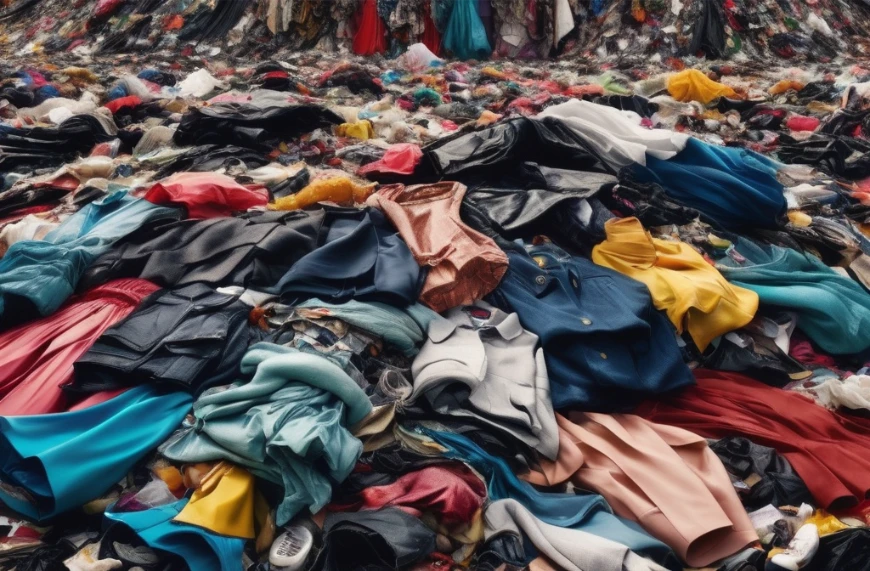
This is changing because of consumer behavior. Especially the rise of ultra fast fashion plays a quick role.
In this case, fast fashion production houses like Zara and Shein made it possible for the consumers to choose from multiple clothing at an affordable price.
The consumer’s are looking to be up to date with the latest fashion trends. This phenomenon has also become accessible with the rise of e-commerce platforms.
The brands are leaning toward overproduction and the consumers are learning toward over consumption.
As a result, the clothings is worn less before discarding it. Also the availability of cheap clothing means the quality comes with a lower standard.
That also contributes to the short lifespan of the clothing. So the average piece of clothing lasts shorter than it was 15 years back.
What Factors Affect The Frequency of Purchase?
There are several factors that determine how often clothing is owned by the consumers. Some of the factors are directly related to consumer behavior. Some of the factors are consequences of global phenomena.
Price and Quality
Cheap clothing often comes with low quality materials. Companies like to keep the prices low to have a competitive advantage.
But with cheap quality products. The product becomes uncomfortable and easy to tear.
Clothing simply becomes less desirable after a few days. In that way, price sensitivity results in everything.
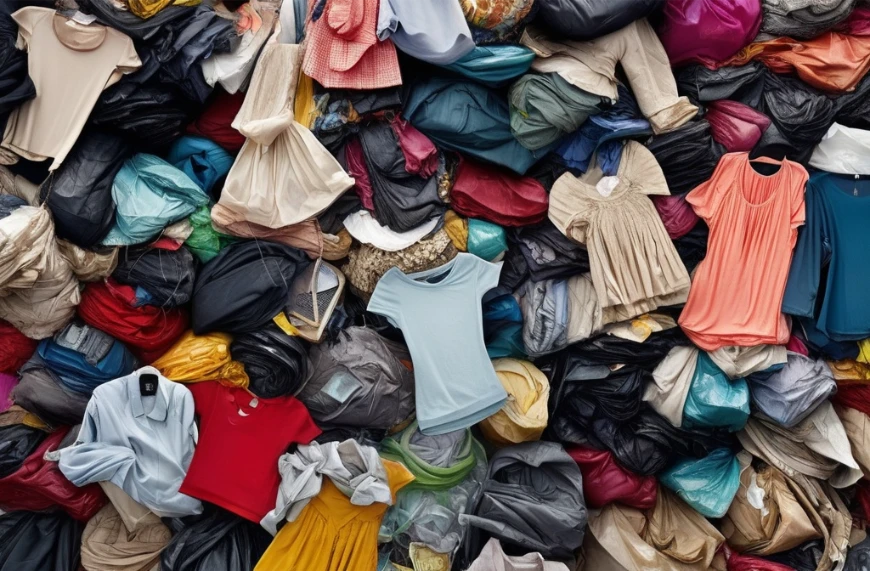
But some of the companies intentionally keep the quality low to make the customers purchase more frequently.
If you think of the high-fashion and sustainably produced clothing, then you will see that these clothing lasts longer.
In terms of durability these things are unbeatable. Also, the styles of these products are timeless.
A study by Mckinsy and company found that high priced products in the fashion industry are more used on average than cheaper products. This price sensitivity and low quality leads to an abundance of clothing wastes.
The consumers feel that they are saving money. But frequent purchases take away more money from them in the long run.
Fashion as Trend and Fashion Cycles
Fashion industries are heavily influenced by the rapid changes in styles. The concept of fashion is always conflicting with trends and fads. Some of the fashion styles come with seasonal collections.
These push the consumers to purchase products, even if they do not need them. That is because the consumers feel the fear of missing out. So they purchase more items to stay trendy.

But wearing the clothes is less frequent because the trend fades away quickly and the product ends up in the landfills. Some of the clothing trends are also heavily driven by social media.
Some of the social media and online trends become popular quickly and then become outdated quickly.
That pushes the consumers to buy new products to stay fashionable.
Consumer Habits and Wearable Choices
In recent years, it’s seen that most of the consumers are influenced by external factors. Some of the factors include: impulsive purchase because the peer pressure made them to purchase it. Is also contrasting to the individual behavior.
Some of the consumers are looking to buy bulk amounts of product (think of the promotional t-shirts).
Some fashion items are also labeled as disposable products as these fashion items are only used once.
Some fashion items have versatile uses. But some can be worn in different seasons. A second hand clothing retailer founded on average u.s citizens only wear 43% of wardrobe items.
That means nearly half of the items are unused. The reason behind that most of the consumers feel the product does not fit them well and they feel uncomfortable.
They also suggested the product simply does not match the lifestyle they lead. Unused items are directly sent to the landfills.
The Environmental Impact of Low Use of Clothing
There are severe environmental consequences of low use of clothing. The fast fashion industry is known for being one of the largest carbon emitting industries in the world.
Along with the textile production industry, this industry is also attributed as the largest polluter and water waste generator.
Nowadays, garments are used only a few times. That means the phenomenon is contributing to the over supply.
It is also known that the fashion industries are responsible for 10% of the global carbon emissions and 35% of the global ocean microplastic pollution.
This industry is using synthetic fibers that come from harmful fossil fuels. These items also use harmful chemicals to produce.
Micro plastics pollute the environment. When the product is washed and dried, the micro plus contributes to marine life pollution and disrupts the food chain.
Recyclability and Sustainability
The awareness of the consumers is also increasing day by day. It’s fortunate news for us because in the fast fashion industry we have a possible shift towards sustainable fashion. The recyclability of the products is growing.
That means the purchased product encourages the consumers to wear it for a longer period.

Consumers are repairing the damaged garments or even donating to reuse the clothing instead of discarding it quickly.
The second hand clothing market and the clothing retail services are also increasing. That reflects the mindset of the consumers is also changing.
Instead of chasing the trends for some time, the consumers are increasingly willing to buy pre-owned clothing items.
Consumers are more up for high-end sustainable fashion items. They long for relying on recycling and reusing it.
They invest more on high quality clothing that lasts longer. Different brands, like patagonia, ebola are pioneering in sustainable fashion and ethical labour practices.
How Consumers Can Increase the Use of Clothing
There are several ways to increase the use of clothings. But we have to think of some of the features and practical tips to do so. The first thing we can do is look for quality products over quantity.
That means buying cheap products frequently is less valued than less frequently purchasing high end fashion.
It is also considered as an investment because the product will last longer and withstand for a longer time.
Also, consumers should choose timeless styles. Trendy clothing can be tempting. But if the consumers can overcome the purchase of trendy items, they can get a timeless style that would stand for a longer time.
Proper maintenance of the clothing is also necessary because the proper use requires proper washing and taking care of the clothing. Washing properly with cold water and air drying them can increase the product’s life cycle.
The consumers can use the renting service of clothing and reduce the single use of clothing to lessen the overall demand for new clothing.
Especially for special items like wedding dresses and halloween costumes the consumers can use the second hand rented clothes to keep the garment circulation longer.
Instead of buying clothings that is not necessary for the consumers, the consumers can choose to purchase only products that are necessary for them.
They need to make it accessible for proper use without putting it further in the wardrobe. Only, this is how the consumers can increase the use of clothing.
Conclusion About Clothing Usage
It’s really fascinating that only 7 times clothing is used before it’s tossed for landfills. It’s also a lesson for us all, because it shows that we are shifting largely by consumerism driven from fast fashion.
That means we contribute highly to clothing waste and environmental pollution. But if we can raise the awareness to shift towards sustainability, we can hope for a better future for the fashion industry.
Investing in quality products, recycling and disposing the products properly means the purchases will last longer. We can save the environment in that way.

